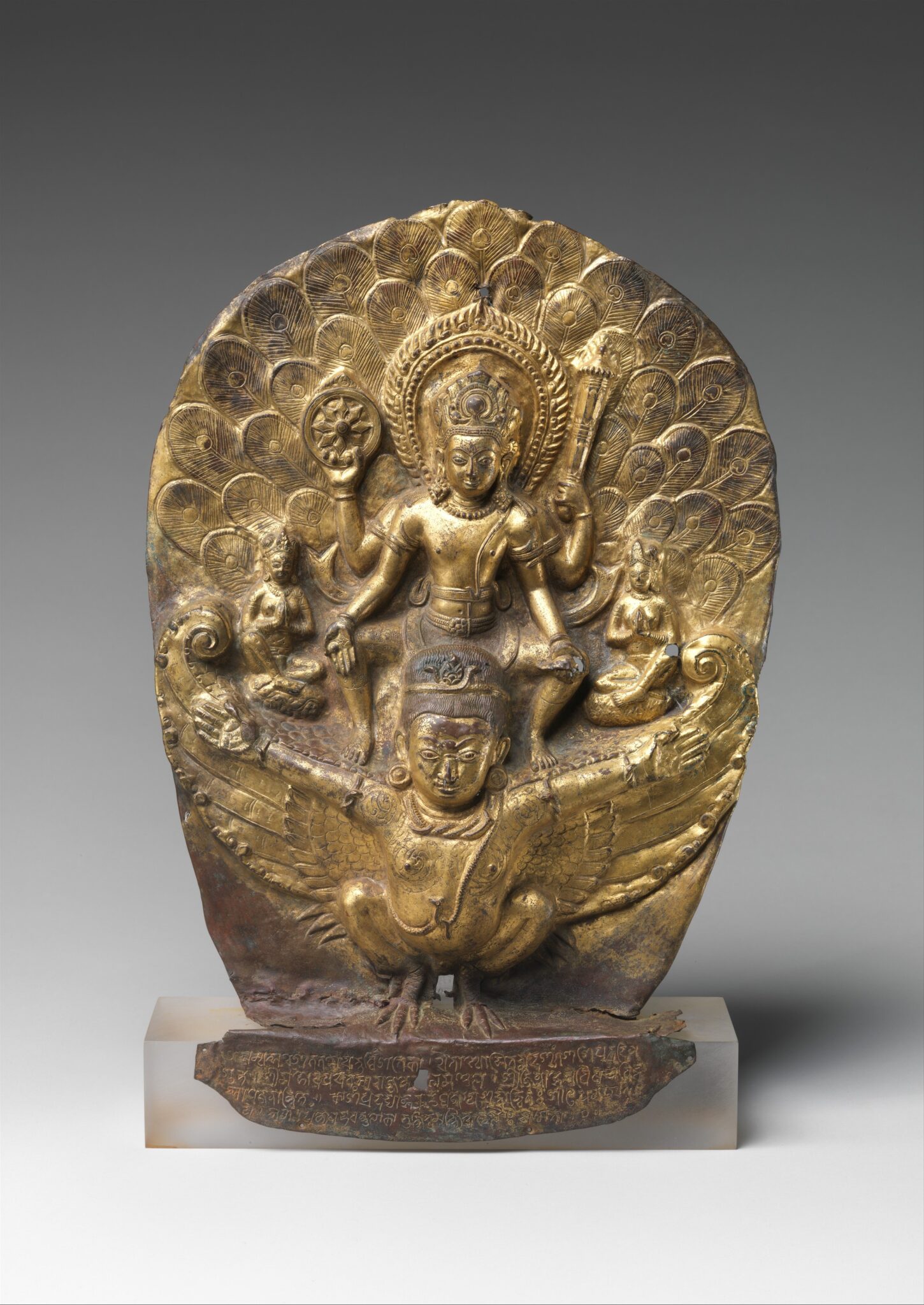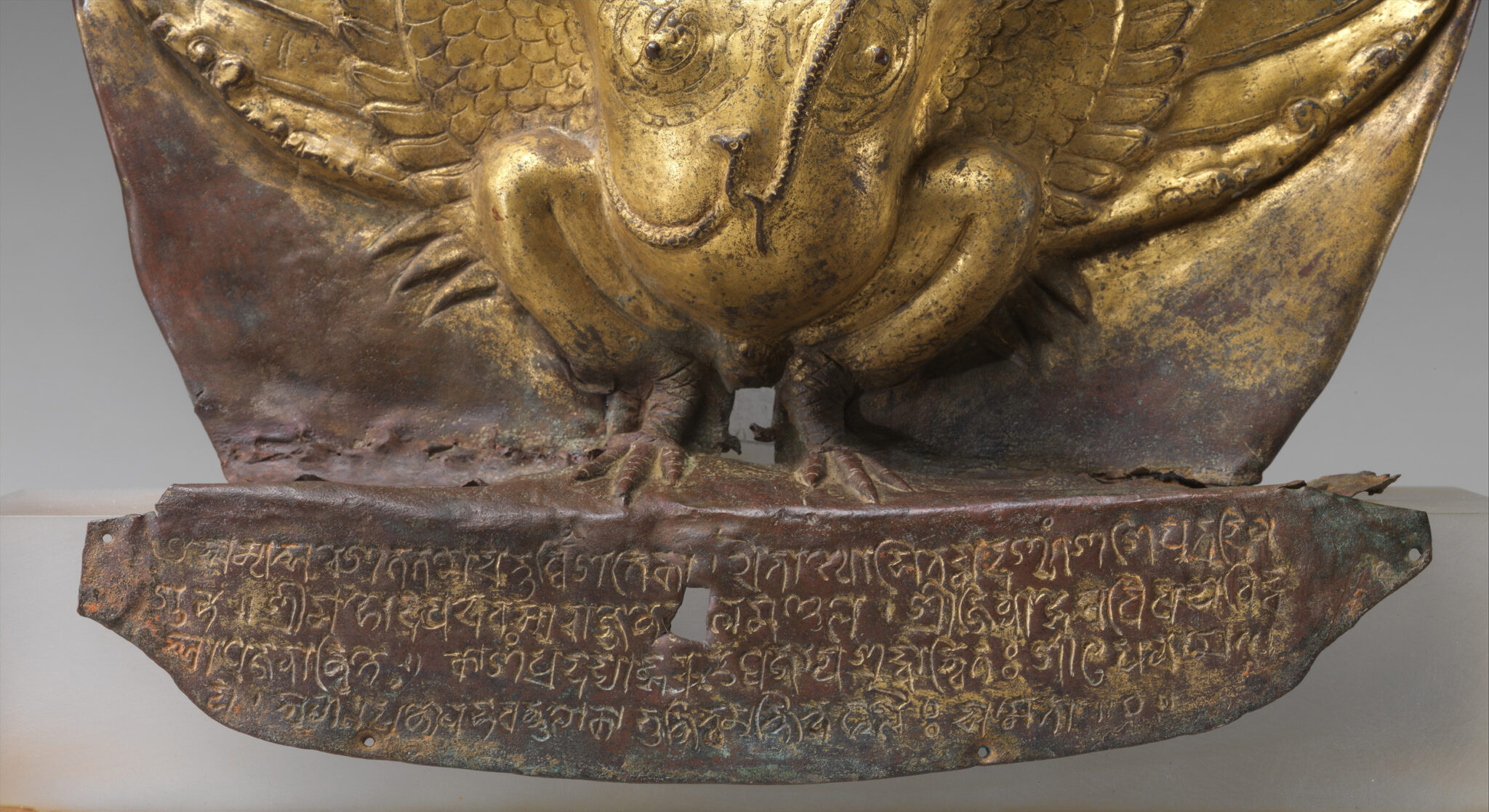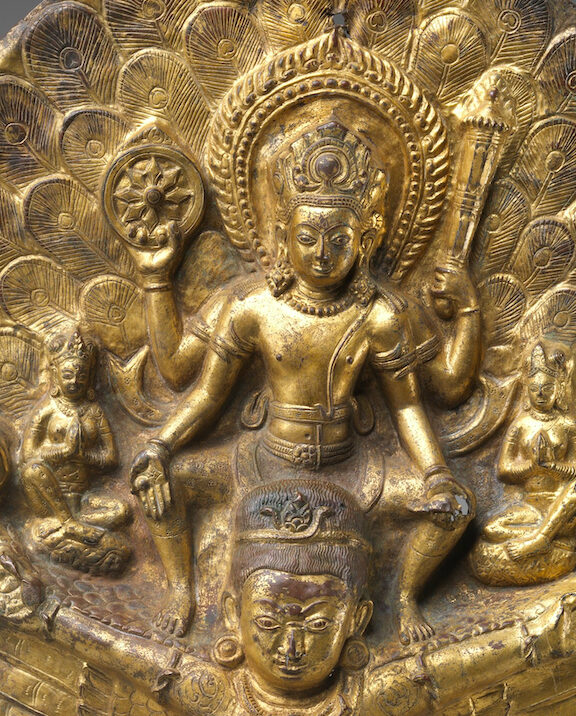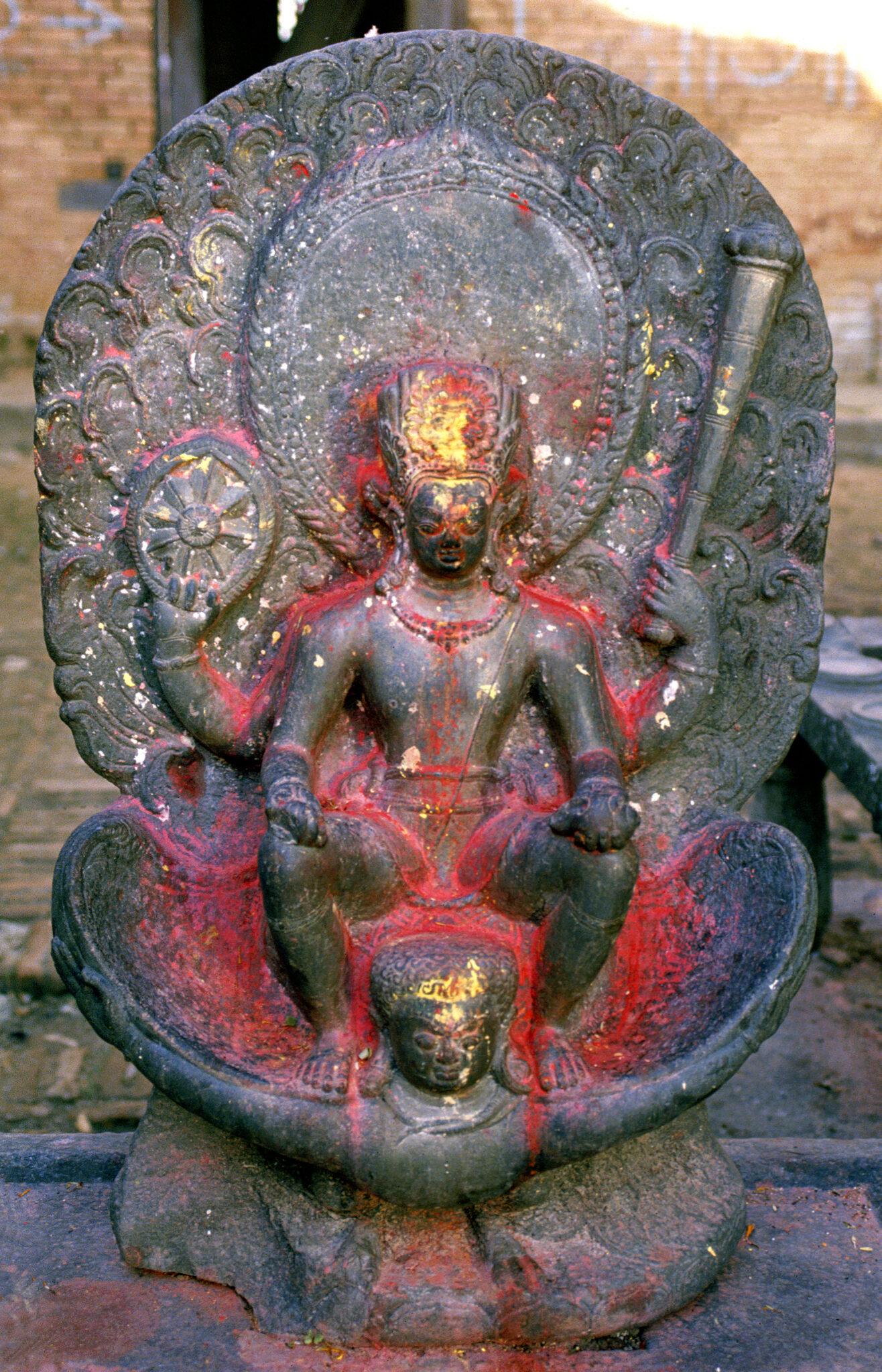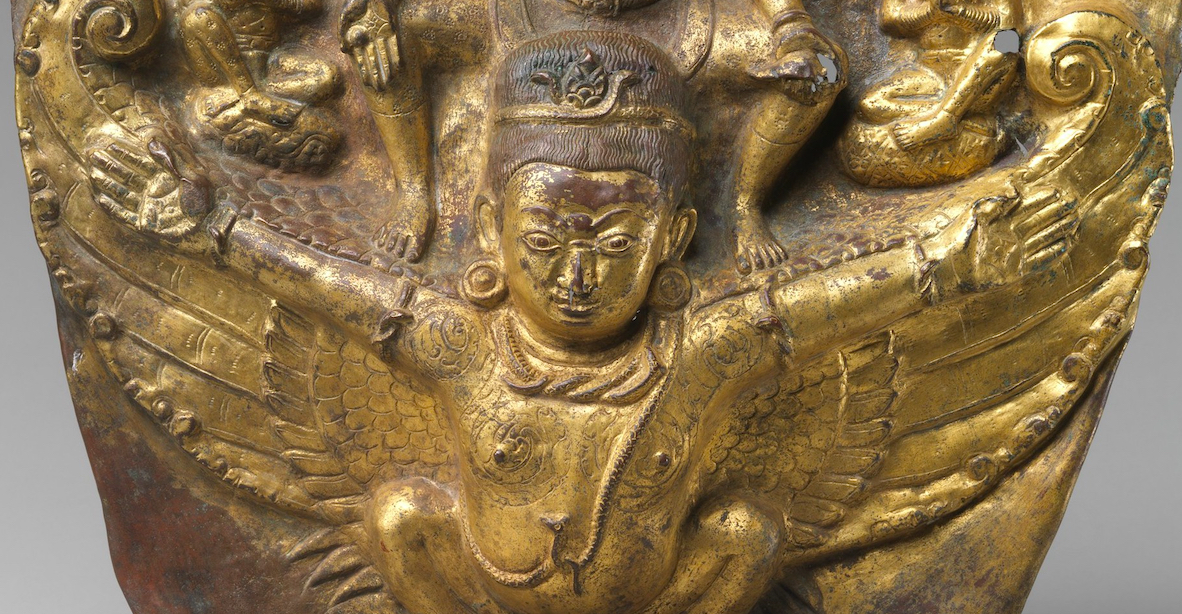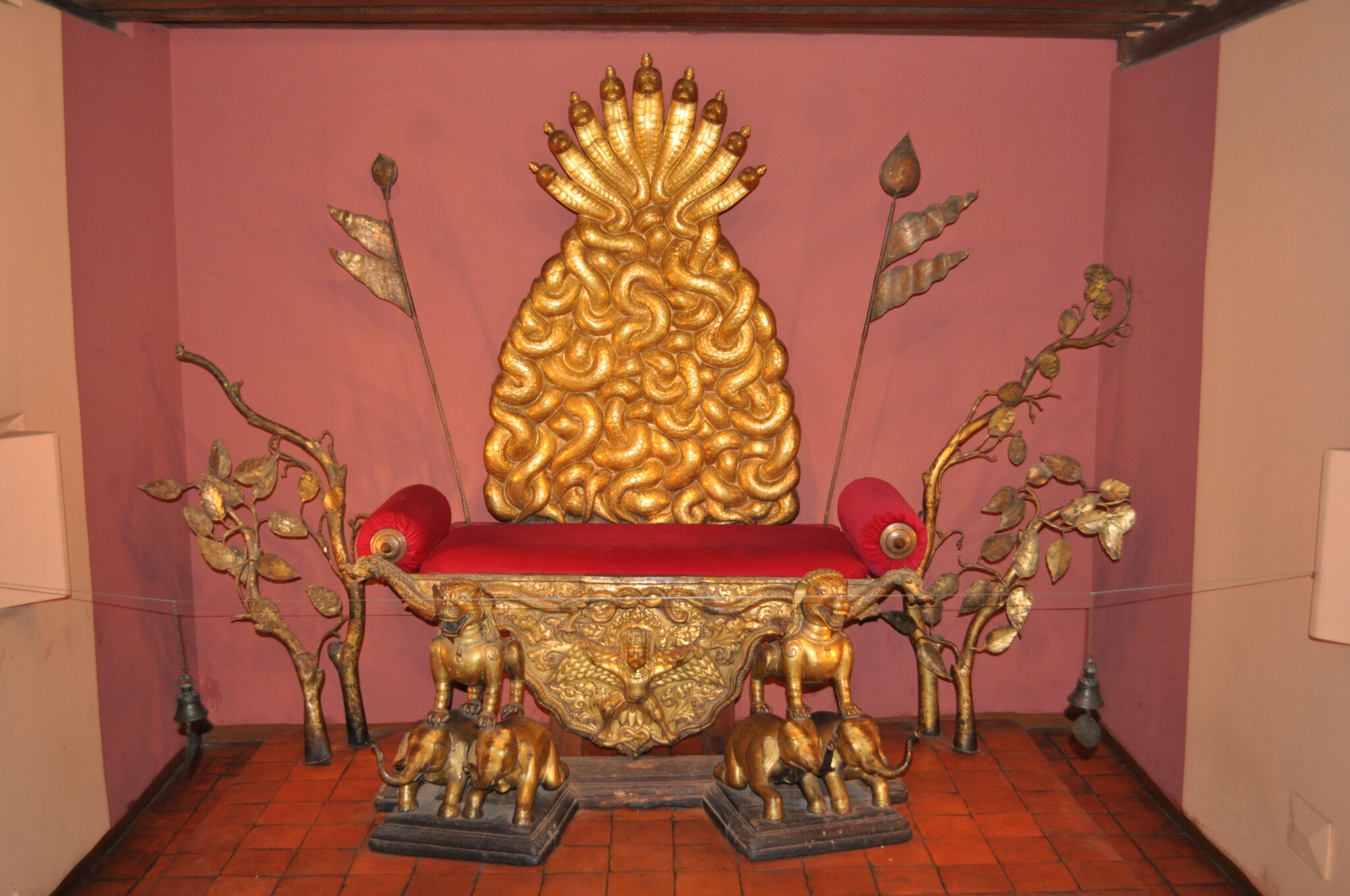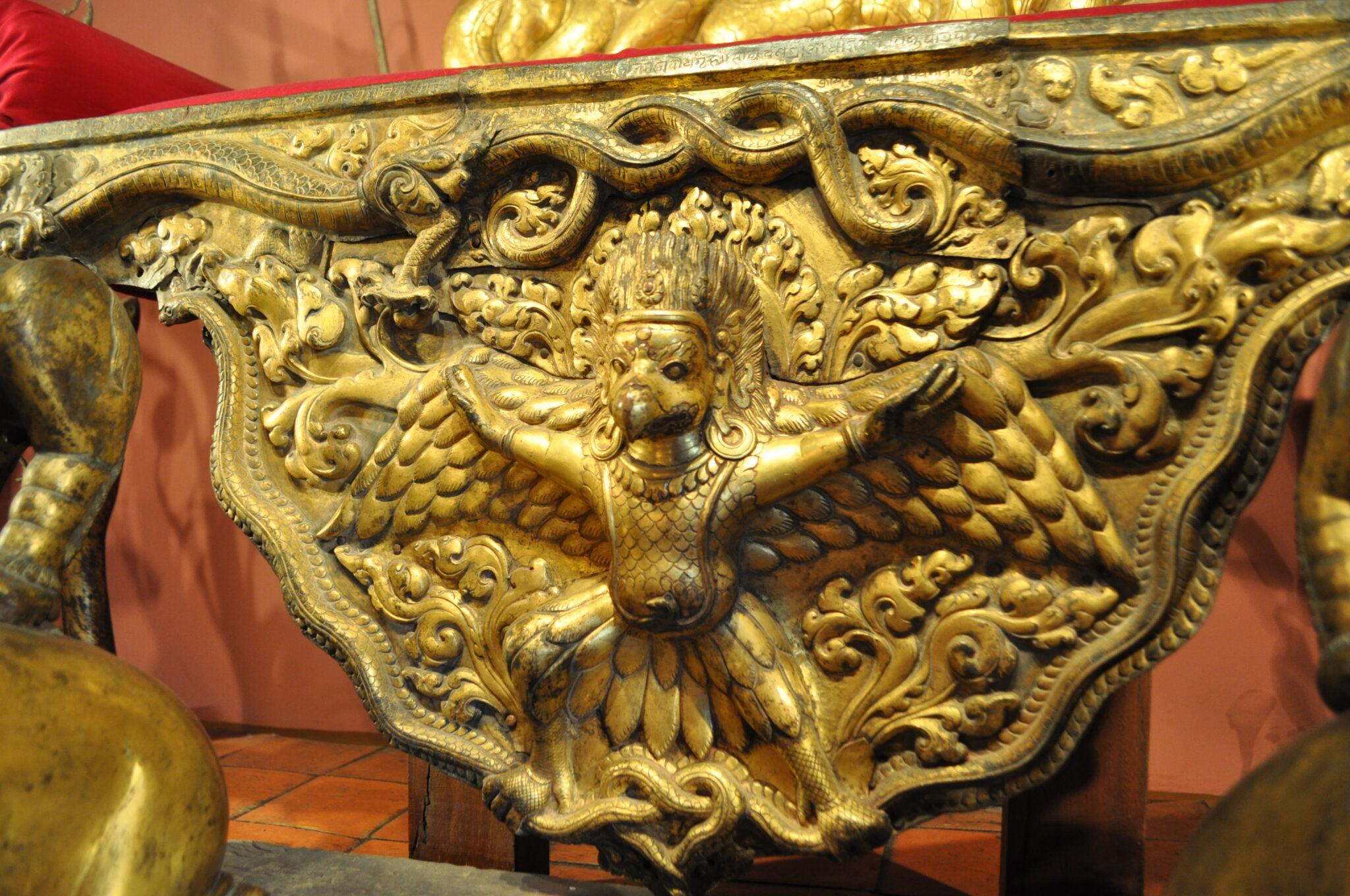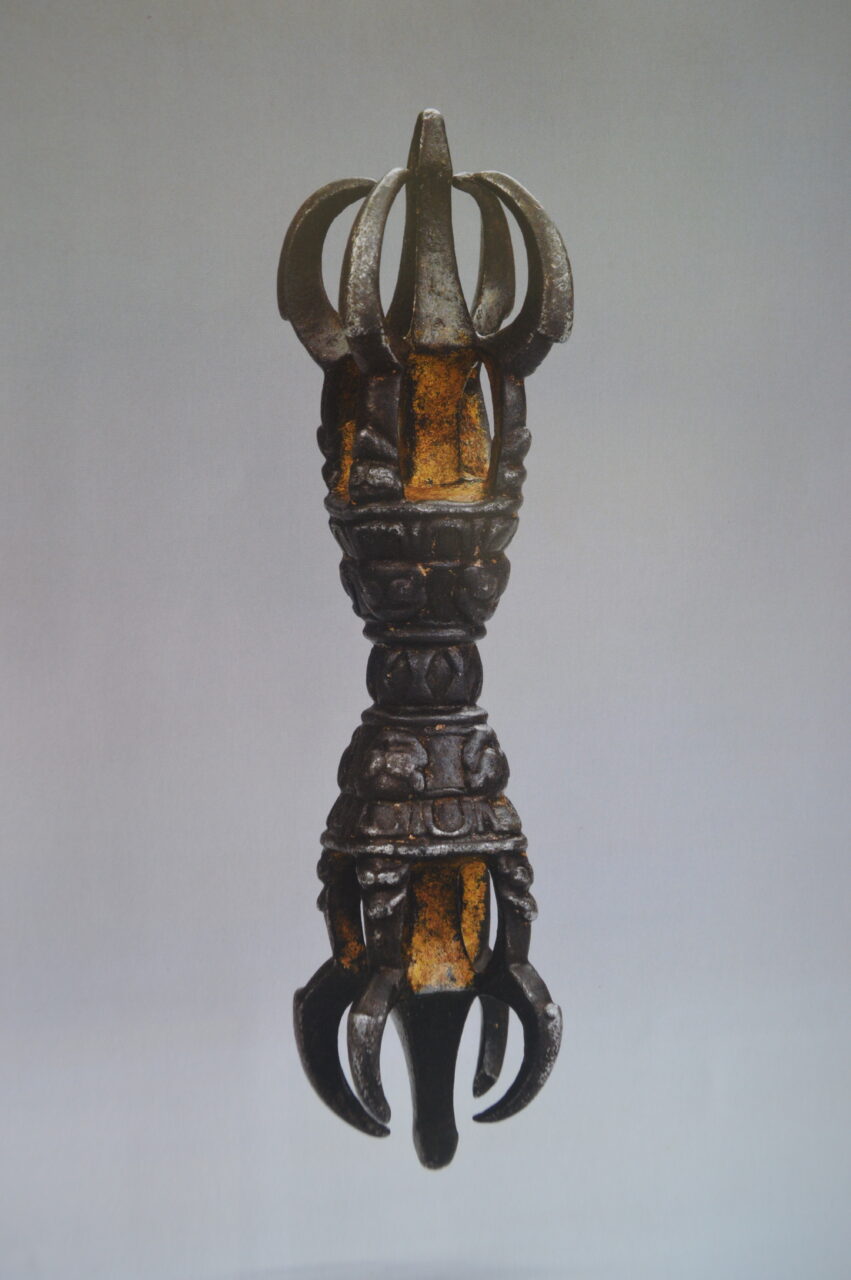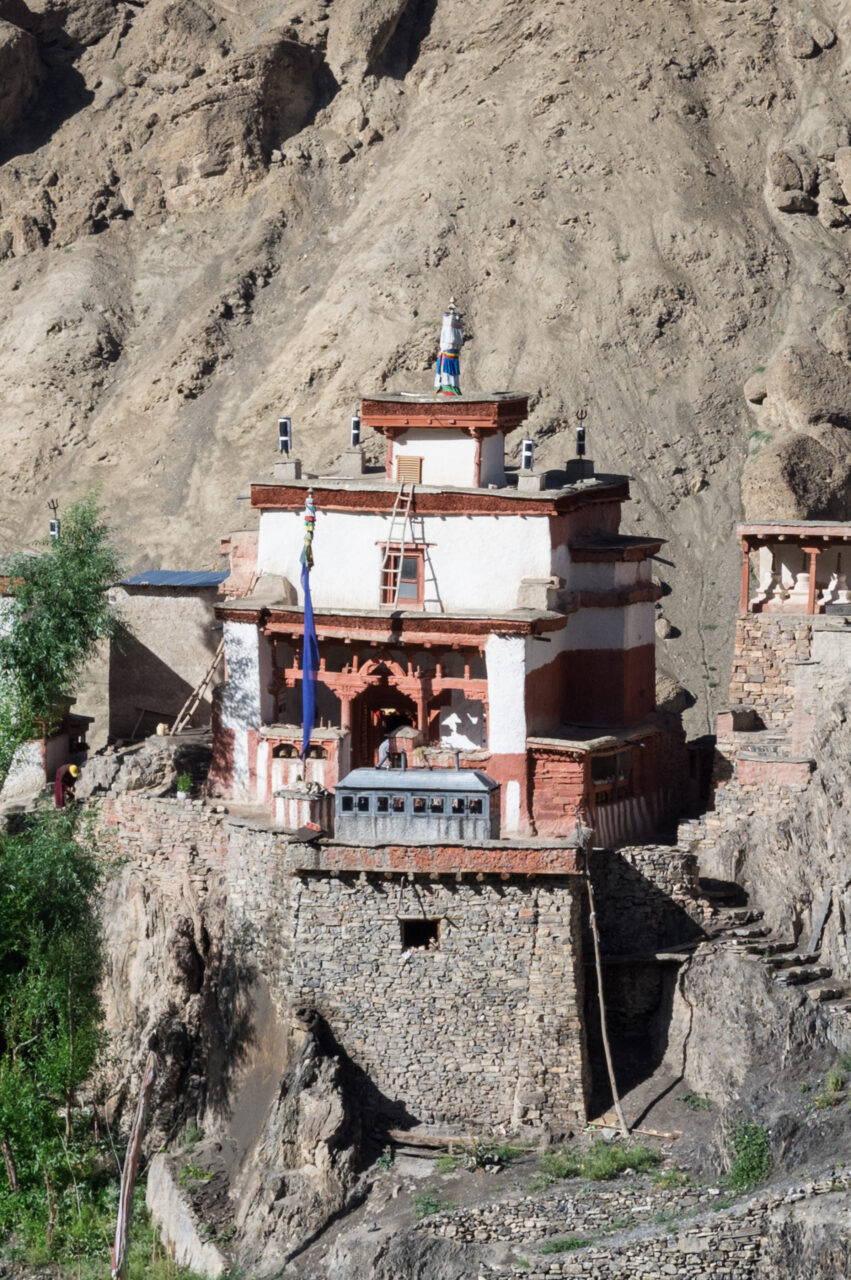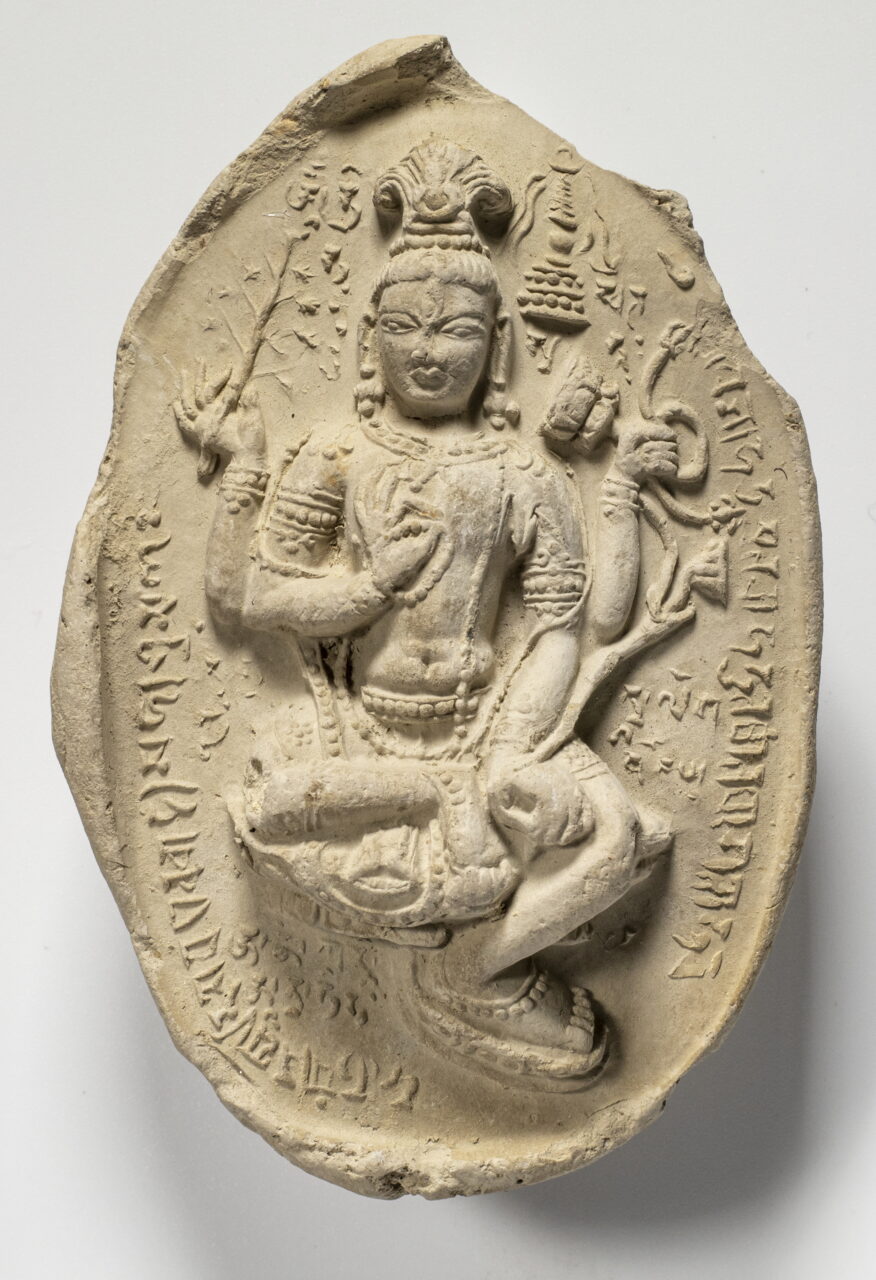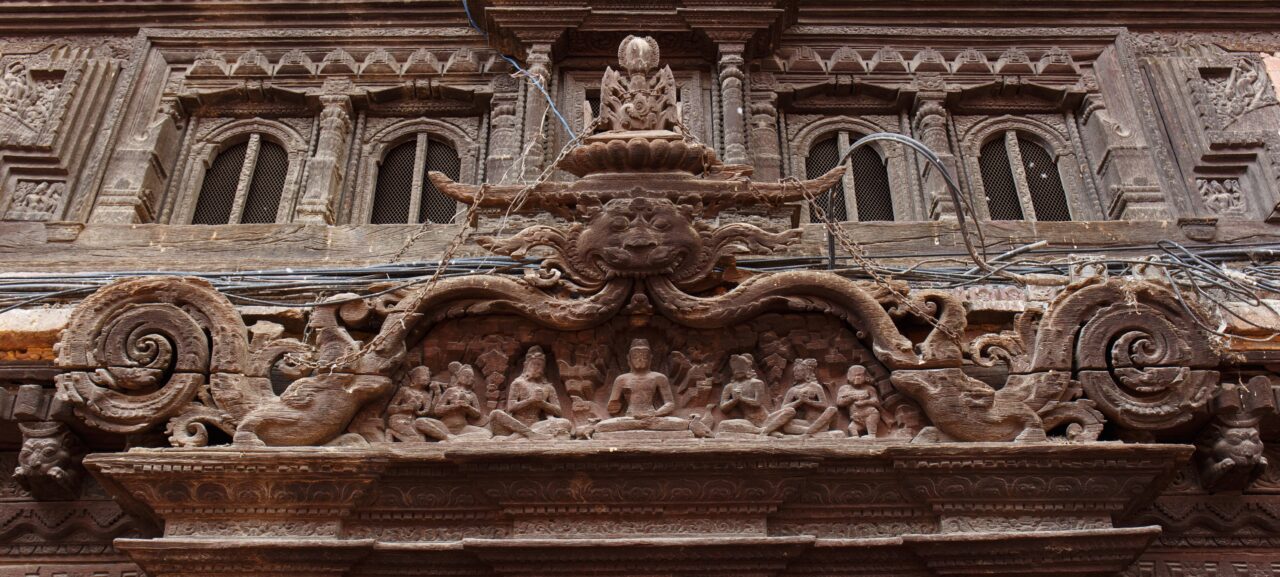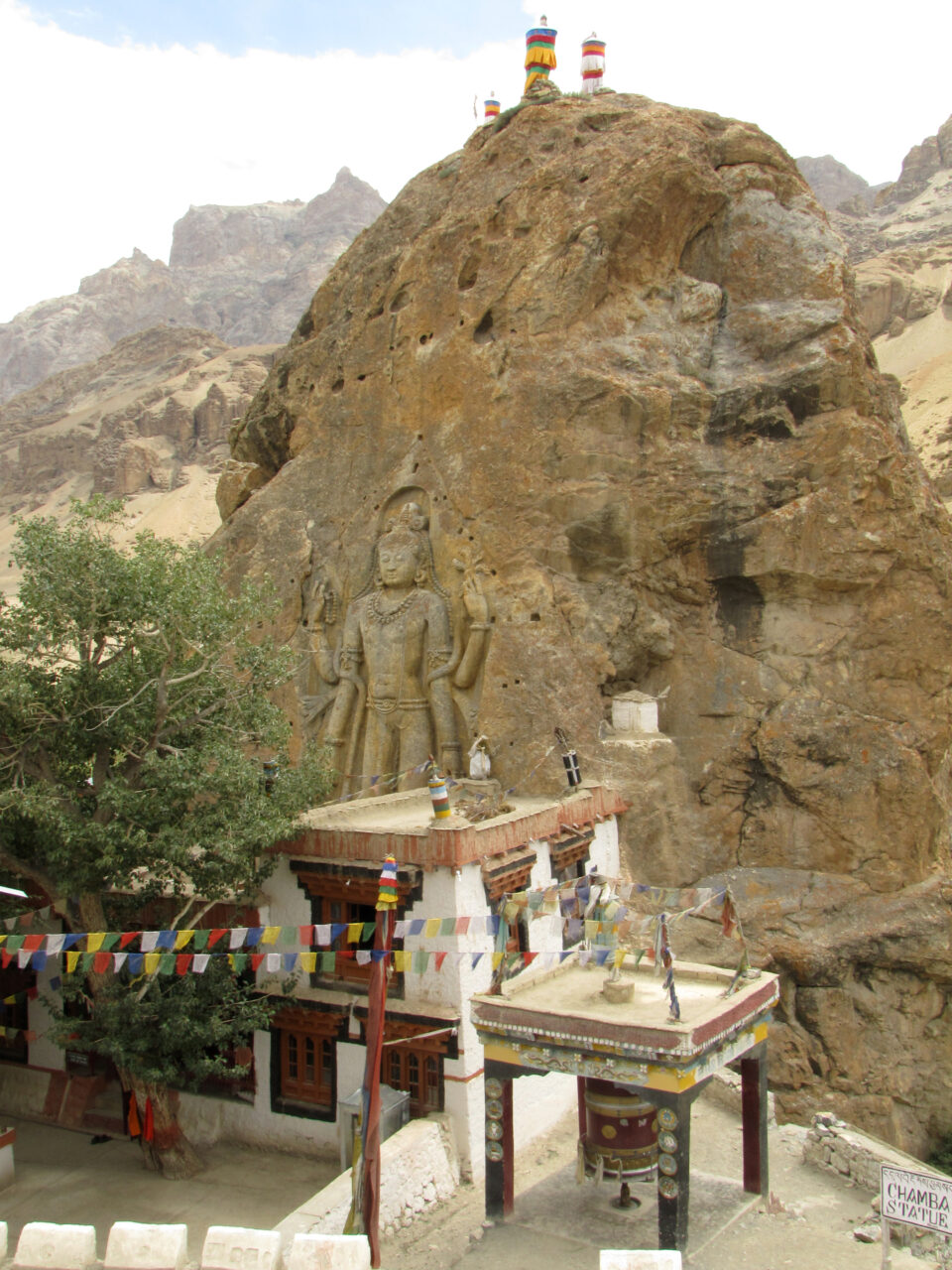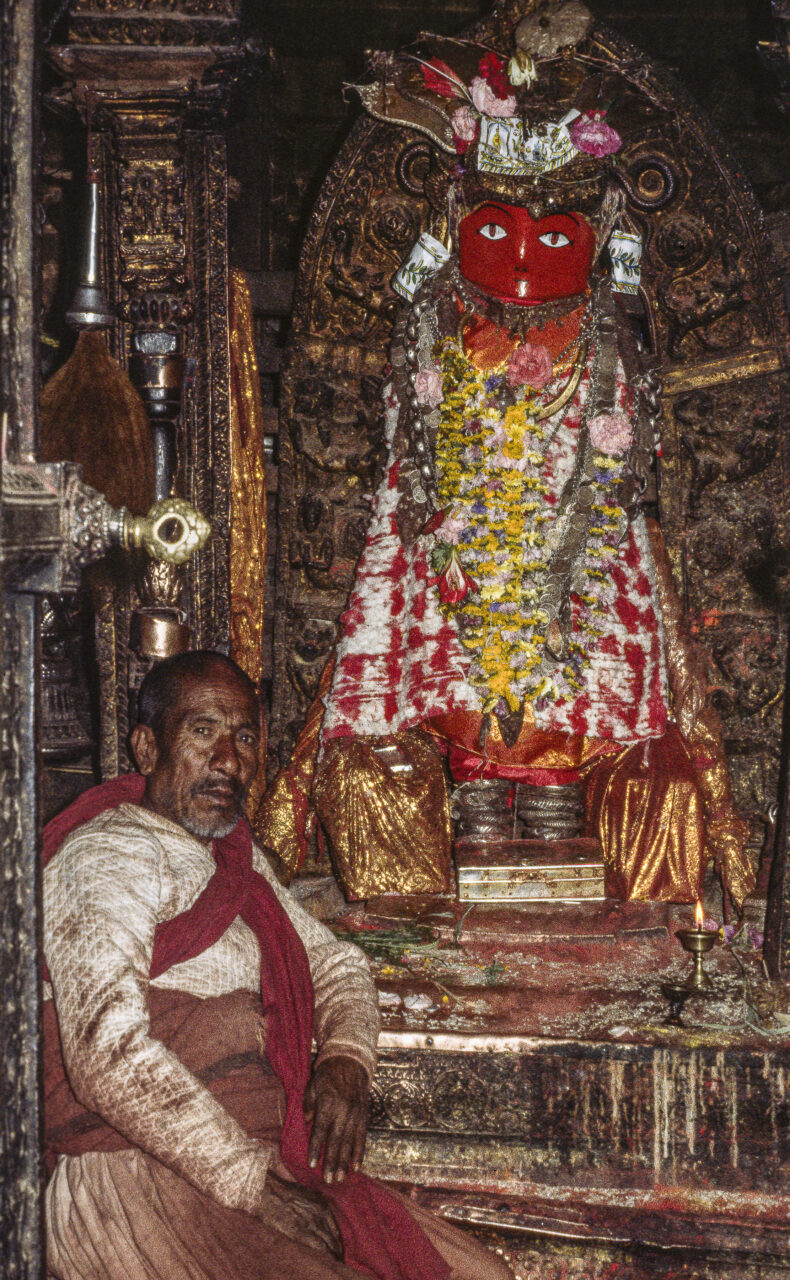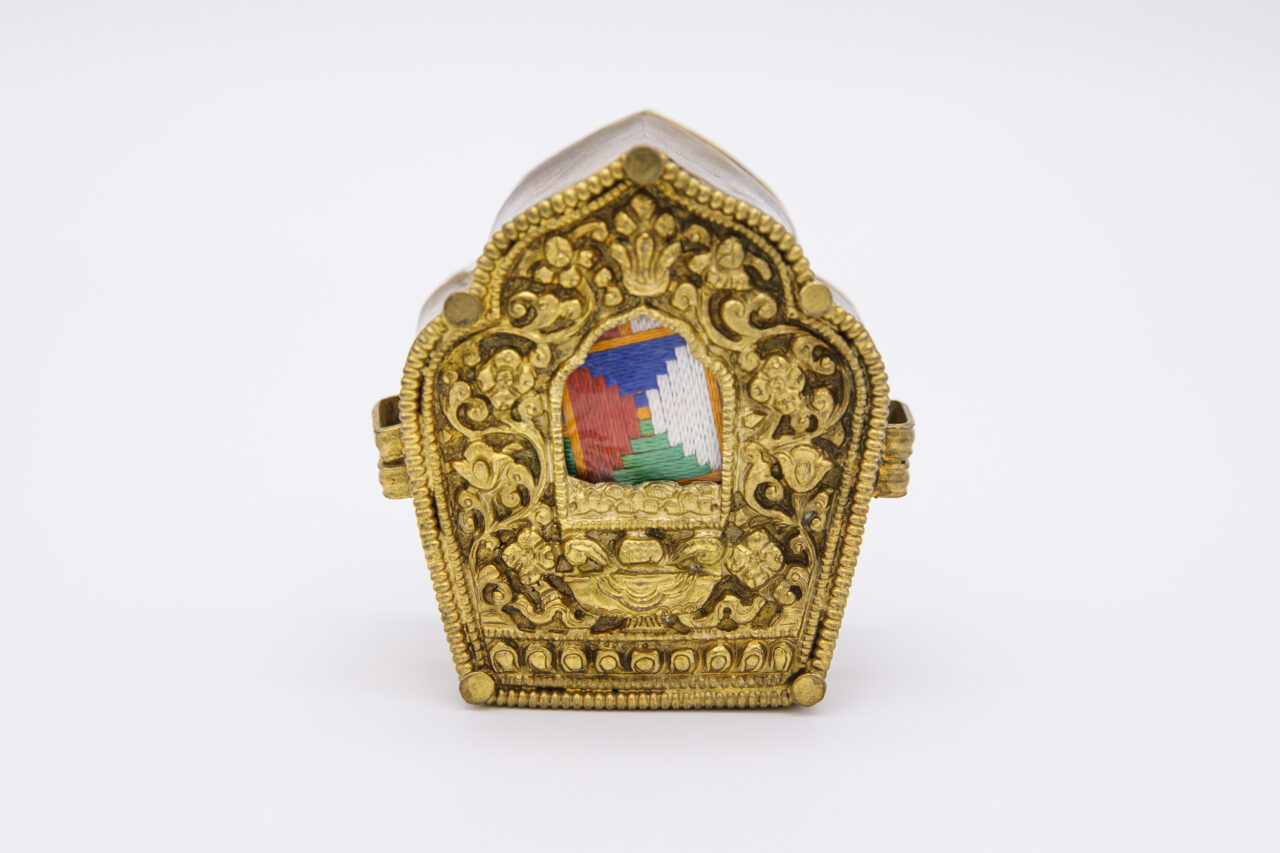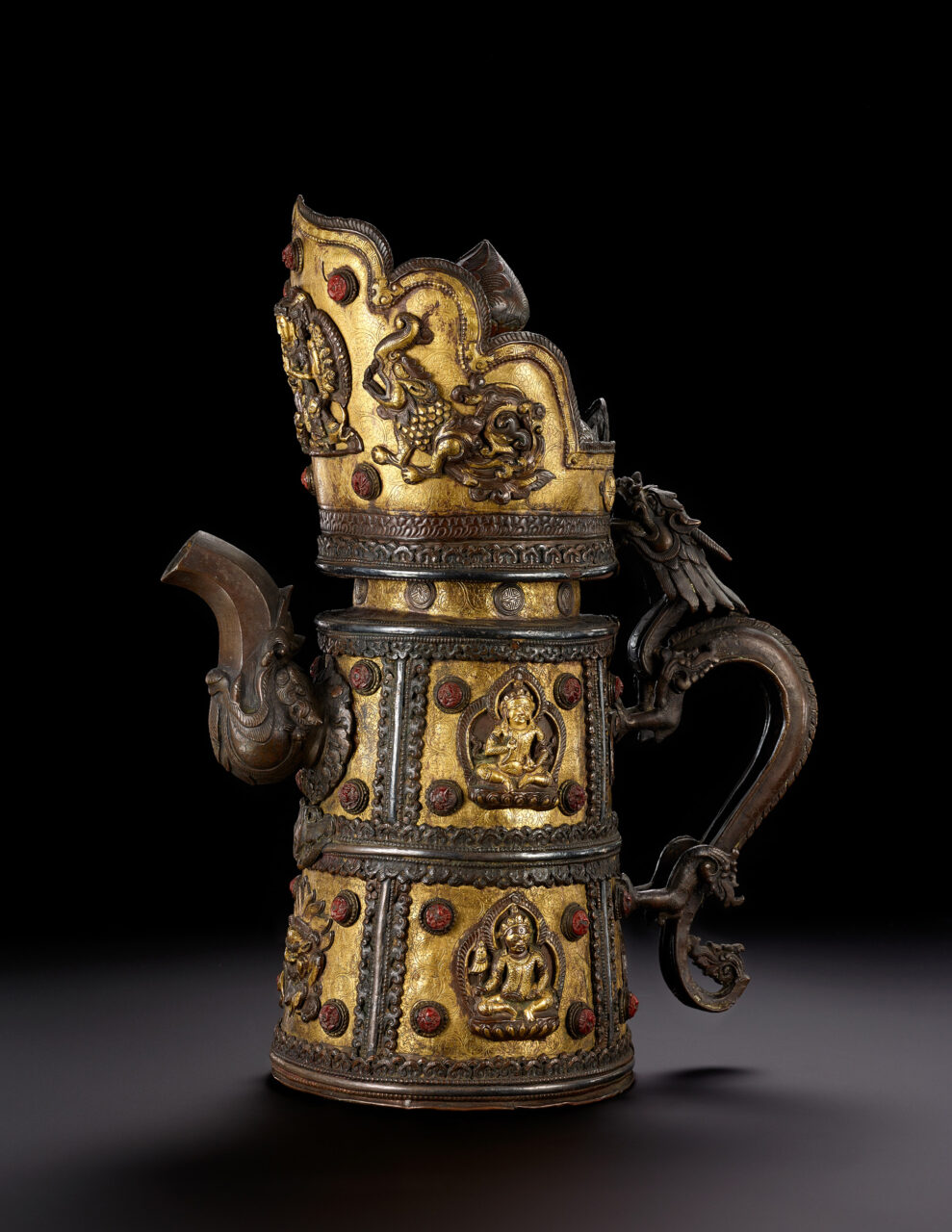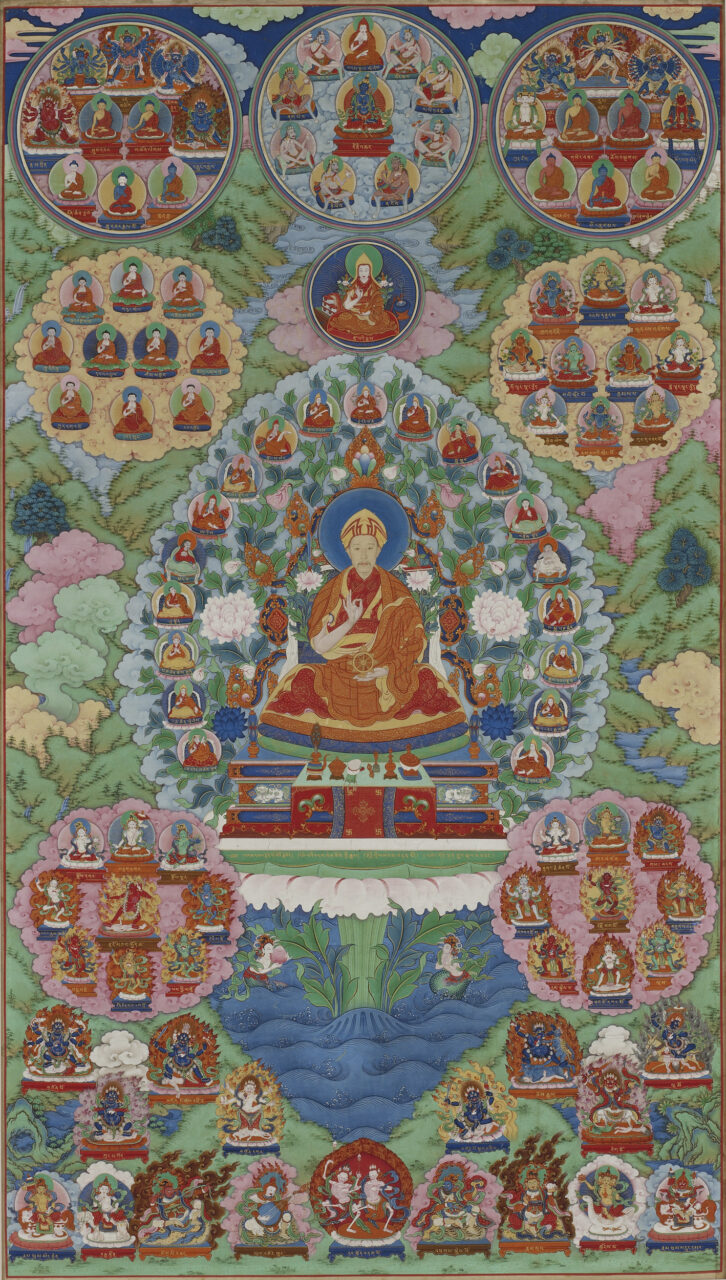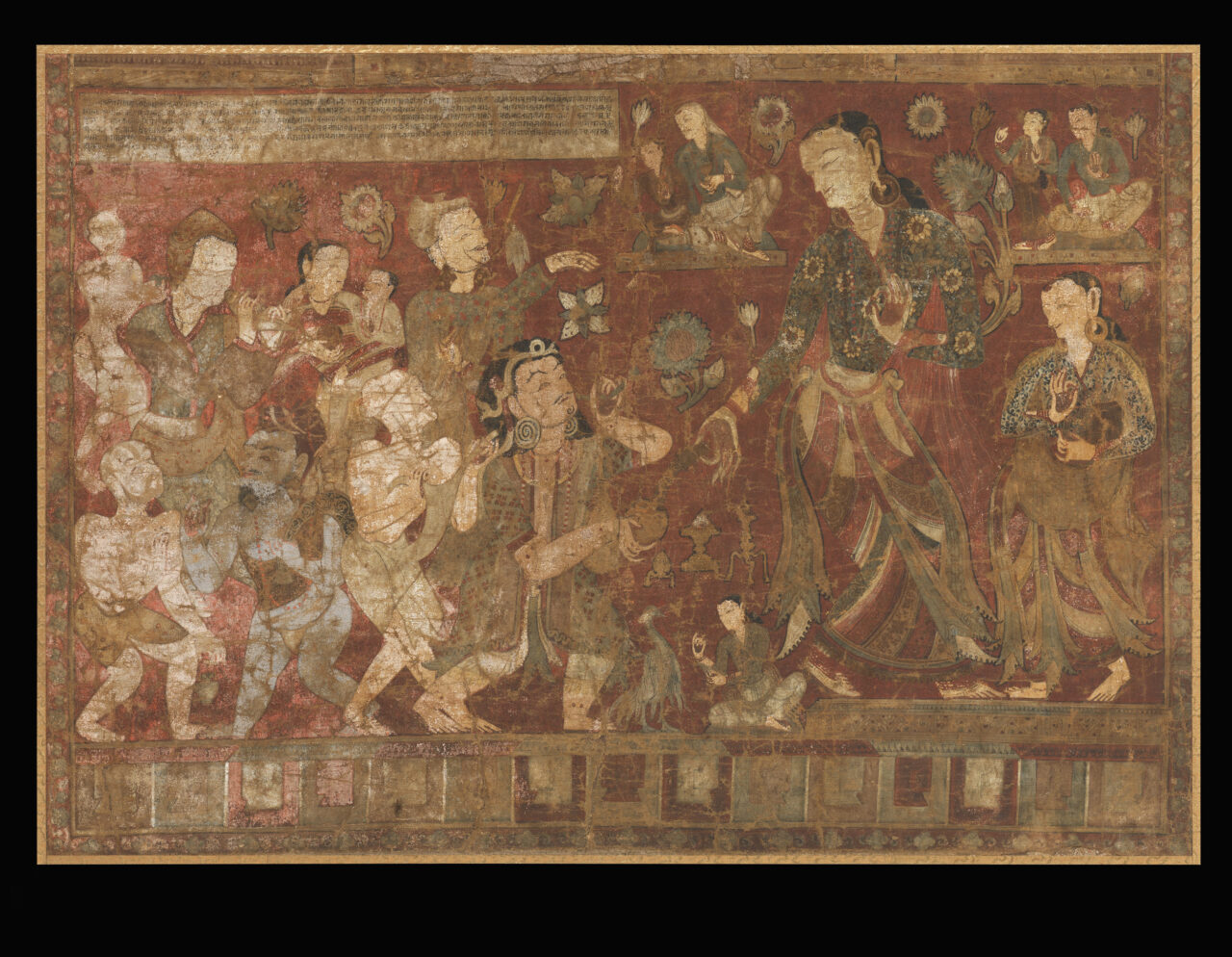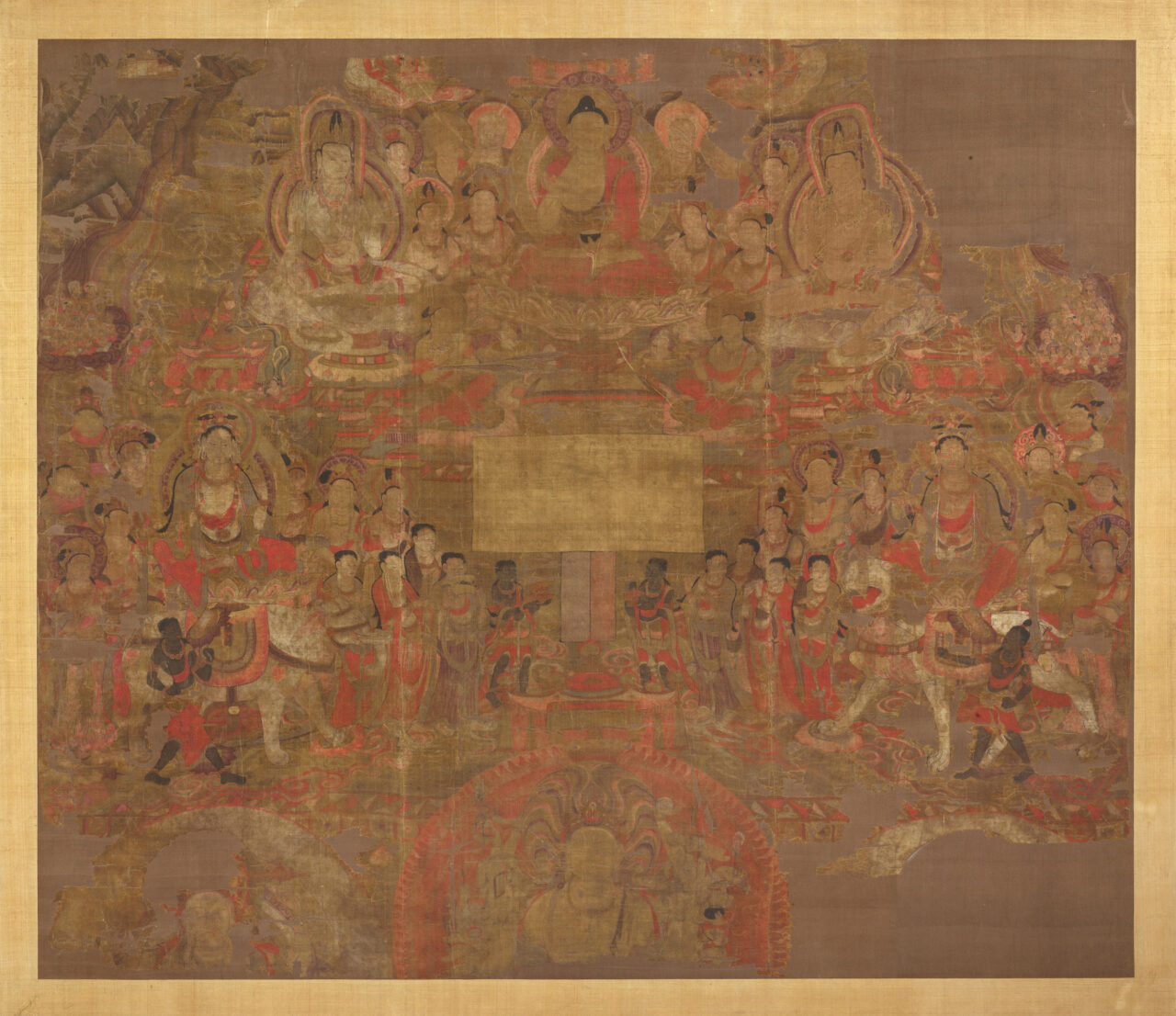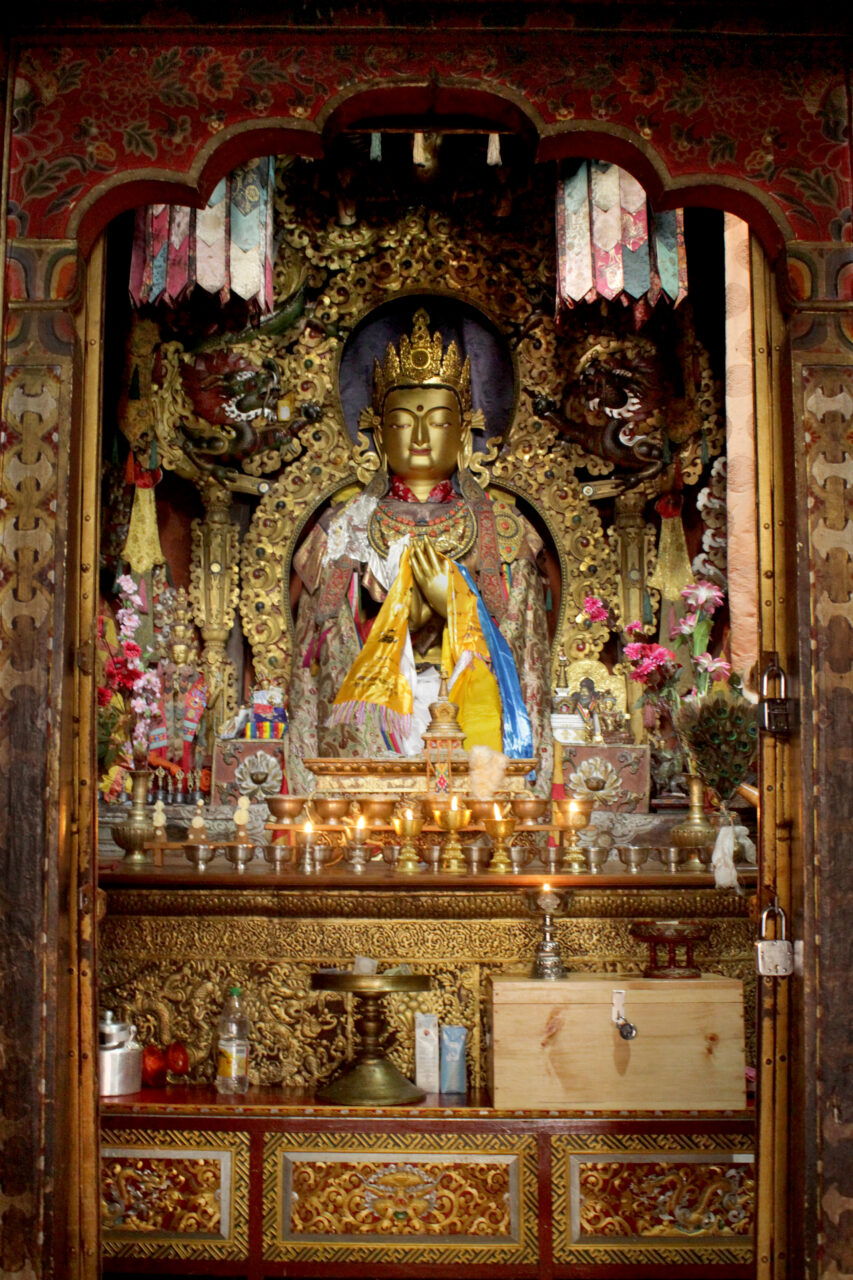In Buddhist context, donor is a person who contributes to or commissions a religious work of art. This act is intended to increase merit on behalf of the benefactor and is dedicated to the benefit of all. It is also usually done for a specific purpose, such as longevity, prosperity, or well-being; to advance religious practice; or to ensure a good rebirth of a deceased relative, teacher, or friend. A similar practice is also known in Hinduism and Bon.
Hinduism is a collection of religious beliefs and practices comprising a major Asian religion, practiced principally on the Indian Subcontinent and parts of Southeast Asia. Although certain practices may have their roots in the ancient Indus Valley civilization (~3300–1300 BCE), the earliest decipherable texts of Hinduism are the Vedas, ritual-mythological hymns and instructions for fire-sacrifice from around 1500–900 BCE. From around 800 to 300 BCE, new thinkers emphasized philosophical ideas like ritual union with the deity Brahman, or meditation and asceticism in the forest. One of these thinkers was Siddhartha Gautama, the founding teacher of Buddhism. Hindu temples appeared from the medieval period onward, dedicated to gods like Brahma, Vishnu, Shiva, and Mahadevi. There are also tantric forms of Hinduism, which emphasize transgressive practices and yogic ritual.
The Newars are traditional inhabitants of the Kathmandu Valley of Nepal. The Newars speak a Tibeto-Burman language (Newari) and practice both Hinduism and Buddhism. The Newars are inheritors of one of the oldest and most sophisticated urban civilizations of the Himalayas, and Newar arts and artisans have been celebrated all across the Himalayan world since the Licchavi period.
Repoussé is a metal-working technique in which an artisan hammers the back side of a sheet of metal, indenting it outward to create an image in relief on the reverse face.
Sanskrit is an ancient language used in India. An early member of the Indo-European language family, Sanskrit was the language of the ancient Vedas in the second millennium BCE. Over millennia, Sanskrit ceased to be used as a spoken language, but it continued as the main literary language of India until the modern era. The Mahayana and Vajrayana canons were originally written in Sanskrit. Today, Sanskrit continues to be studied as a liturgical language among Hindus and Newari Buddhists, and Sanskrit-language mantra and dharani are chanted in rituals all across the Buddhist world.
The Thakuri Period was an era of Nepalese history that lasted roughly from the ninth to the twelfth centuries CE. “Thakuri” is a term of respect given to historical kings in much later chronicles, not the name of a governing dynasty or ethnic group. For this reason some scholars prefer the terms the “post-Licchavi” or “transitional” period. Very few secular records survive from this period, and little is known about its political history. Nevertheless, the many Buddhist and Hindu pothi manuscripts and bronze statues attest to Nepal’s continued cultural output. During the Thakuri Period, Vajrayana teachings rose to dominance among Buddhists in the Kathmandu Valley.




